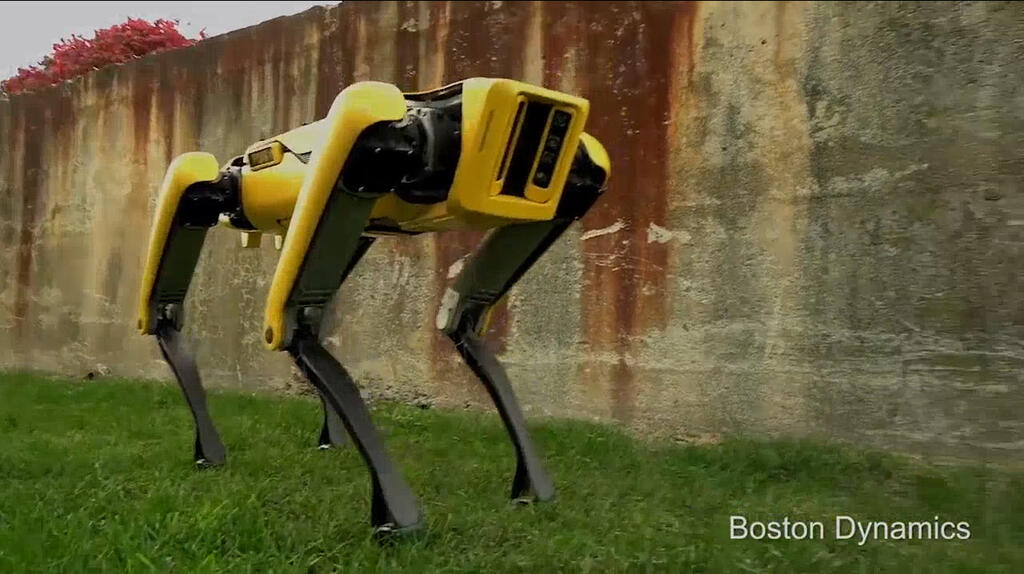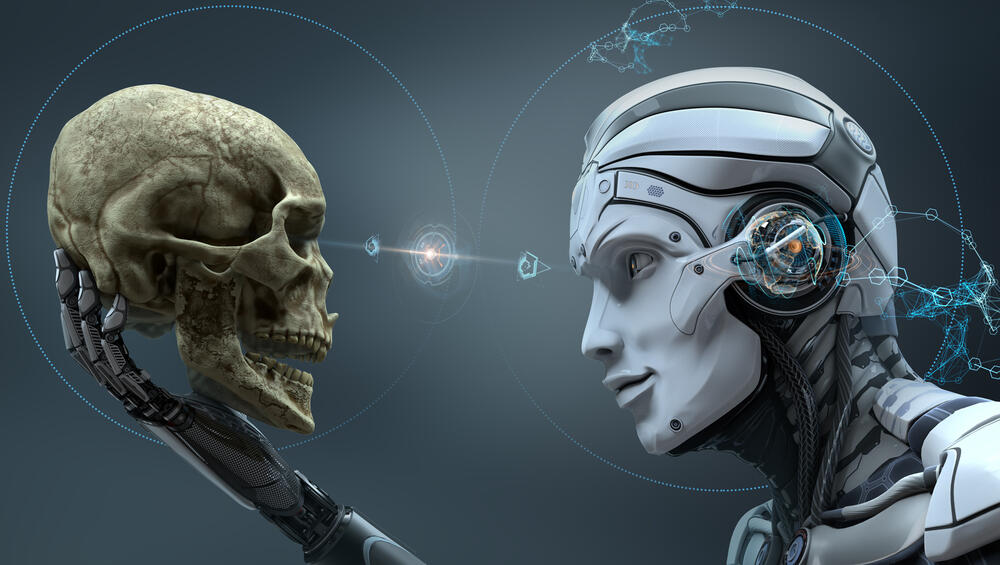Simone Biles is the standout gymnast of the past decade at the Olympic Games. Famous for her exceptionally complex routines—many of which are named after her—Biles consistently pushes the limits of human physical capabilities, partly due to her remarkably balanced physique.
At just 4'8 feet tall, she is both short and light, yet highly muscular and strong. This exceptional power-to-size ratio, with her small frame and the immense power she can generate, enables her to perform extraordinarily complex routines.
Automatic gymnastics
Robots are machines built out of electronic and mechanical components, performing actions autonomously. They are designed to carry out specific tasks that benefit humans, ranging from vacuuming robots to autonomous self-driving cars.
Each robot is uniquely designed with a structure tailored to its specific functions. Some robots emulate human anatomy (Humanoids), while others are inspired by animal forms, mimicking movements such as walking, running or jumping.
Biles' gymnastics routines require perfect control over every component: high and prolonged jumps, rotations in the air in various axes of motion -such as twists around the body or forward and backward somersaults - and finally a stable landing on the ground.
For a robot, each of these actions demands a distinct set of mechanical parts and suitable engines. Today, there are robots that can perform separate actions necessary for gymnastics exercises, such as robots that jump high, robots that perform aerial spins when launched and caught before crashing and robots that can land stably from a low jump.
One major challenge in combining all these capabilities into a single robot is that the multitude of parts and engines the robot has to be equipped with in order to reach Biles' level of gymnastic performance would result in an excessively heavy and complex machine. This substantial weight would make the robot cumbersome and lead to high energy consumption. In other words, the whole would be more complex and heavier than the sum of its parts.
The human advantage
Human muscles are much better adapted to perform such complex movements than mechanical engines. Muscles support a wide range of motions and can convert energy into motion very quickly, actions like jumping and running.
Additionally, human muscles are highly resilient to shocks, which is crucial for stabilizing landings and recovering from injuries. While the human body can recover rapidly from minor injuries and often heals well even from more severe ones, a robot with damaged components would necessitate replacements and repairs.
Complex physical tasks, such as a stable landing, require excellent coordination - quick and precise synchronization between the sensory input and motor functions. Gymnasts use their sense of sight and spatial awareness to make rapid, precise adjustments while in motion within fractions of a second.
In contrast, robots rely on sensors to gather information about their surroundings and their own state, which must then be processed by computing components to make real-time adjustments in motor movements. The quality of artificial sensors is currently inferior, and real-time motion correction remains a significant engineering challenge.
Scientists are working on developing mechanical engines inspired by animals and humans, aiming to harness the efficiency of the natural world to enable a range of movements that mimic those of living organisms.
As technology advances, it is likely that engines and materials will become lighter and more efficient, eventually allowing robots to perform complex movements, such as those of Biles, with even greater efficiency than humans. Who knows, perhaps in the future, the Olympics might even feature a special category for our mechanical counterparts.




